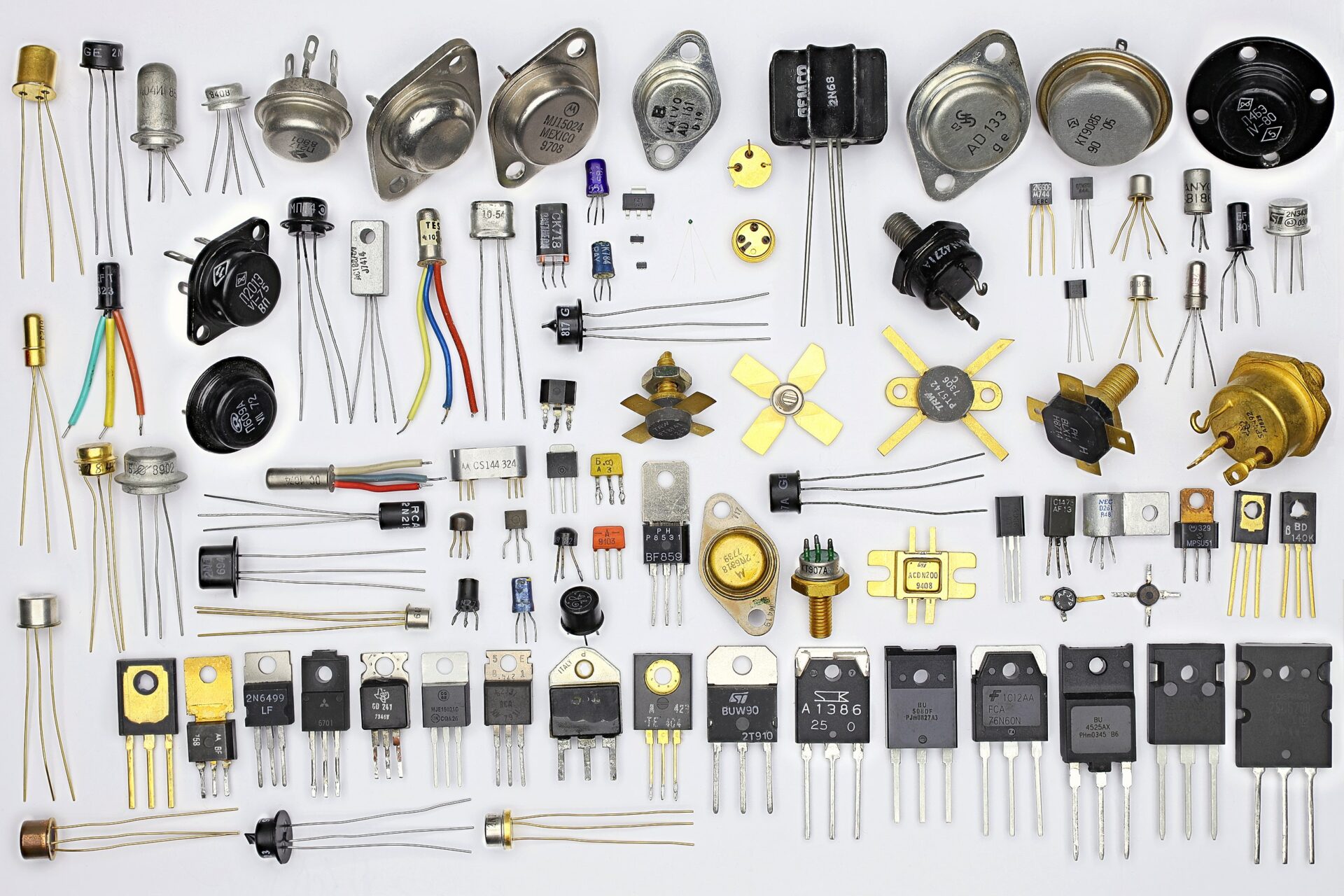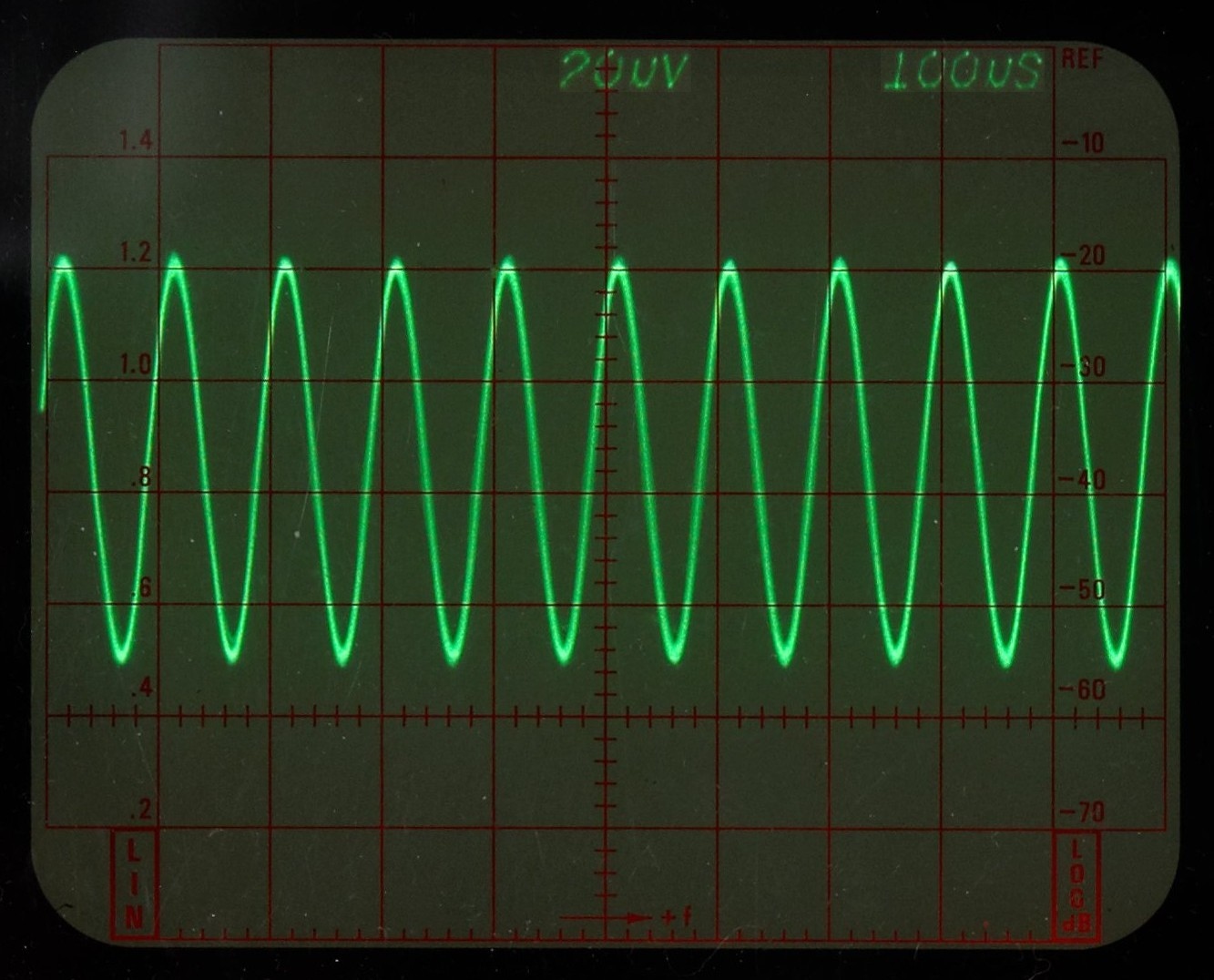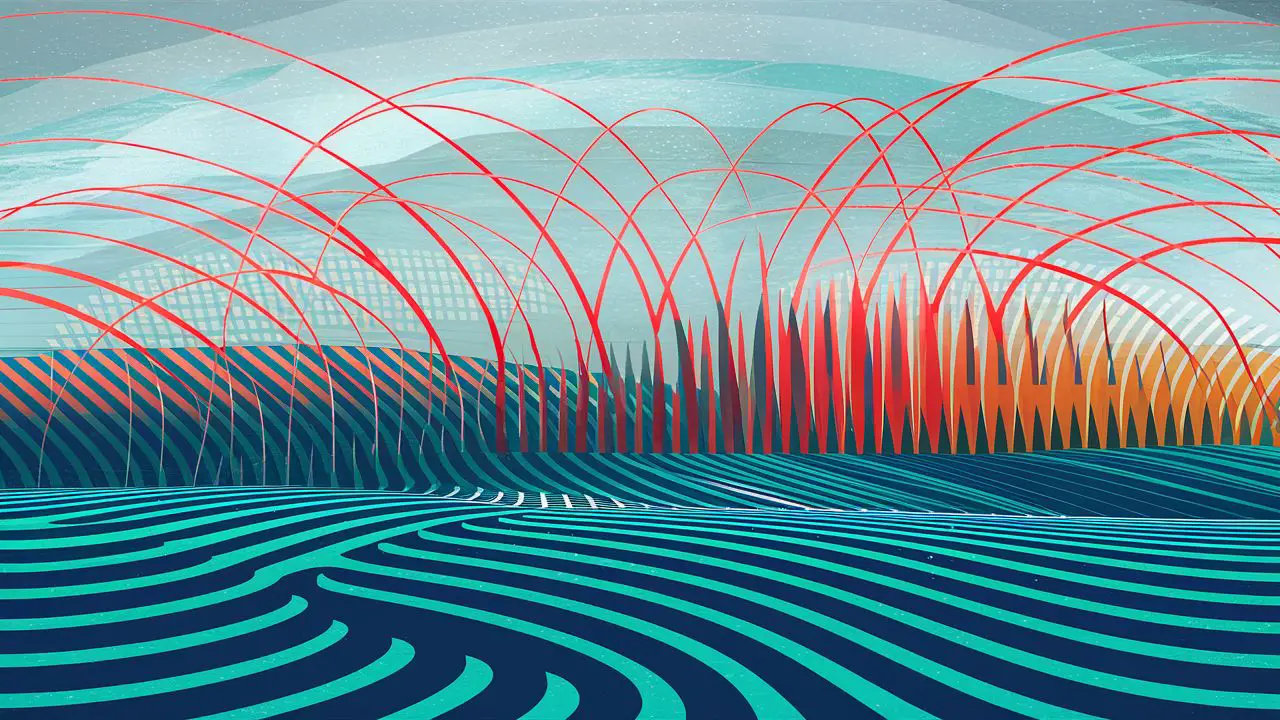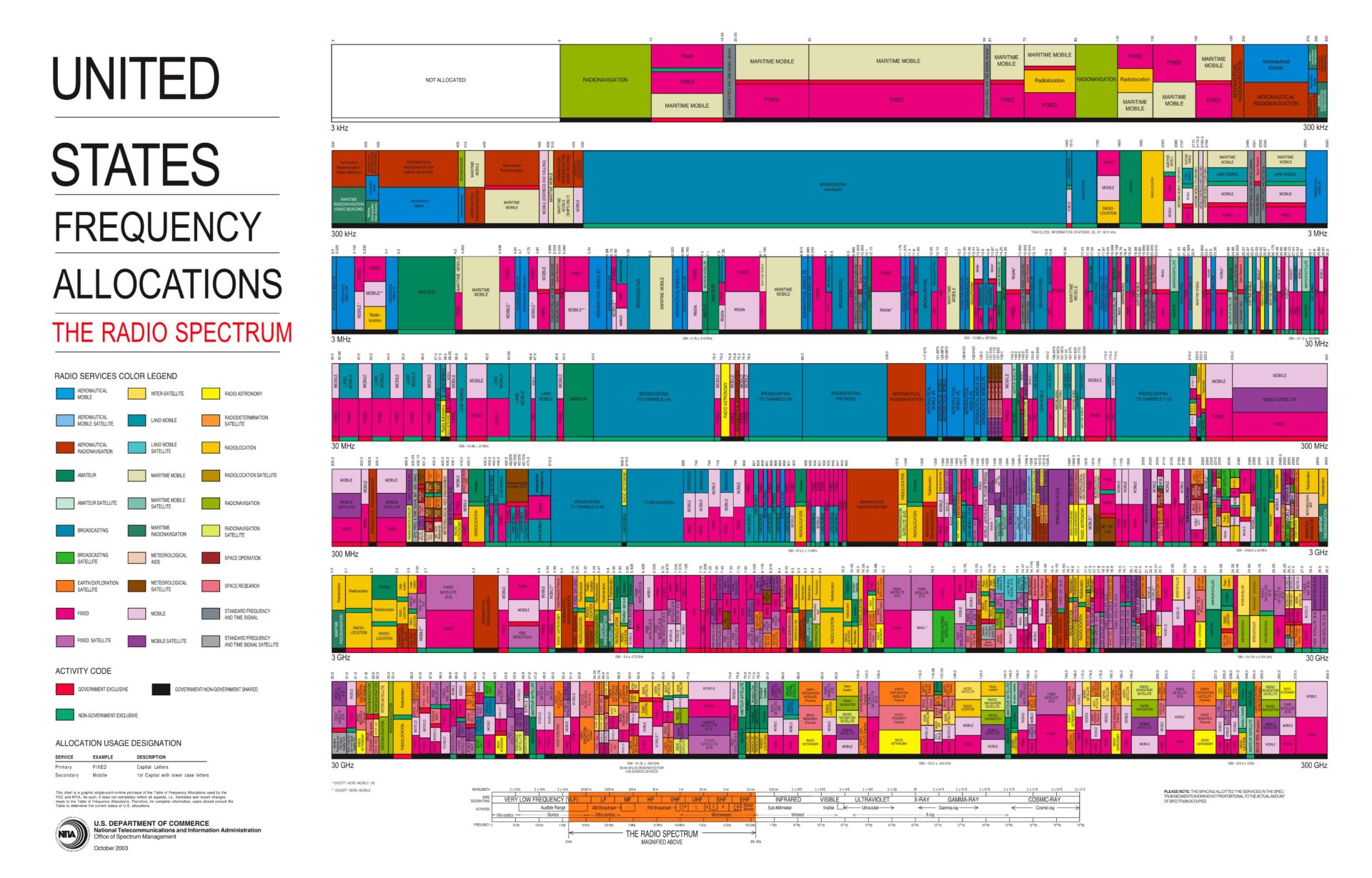The Role of the Transistor in Amateur Radio
Introduction The invention of the transistor in 1947 marked a turning point in the history of electronics. This tiny semiconductor device, capable of amplifying and switching electronic signals, revolutionized the world of electronics, paving the way for smaller, more efficient, and more reliable equipment. In the realm of amateur radio, the transition from vacuum tubes … Read more








